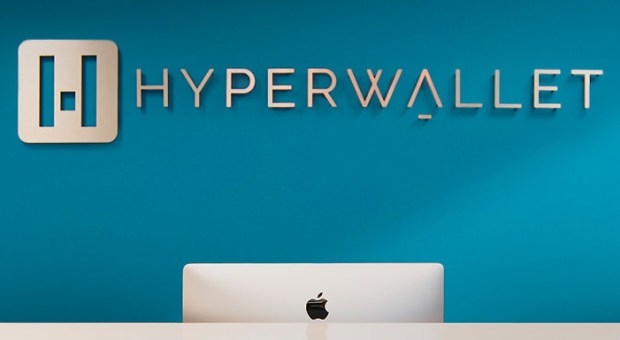Hyperwallet Streamlines Global Payouts For Wordapp.com

Global payments provider Hyperwallet announced today (July 17) that it is launching mass payment distribution for Wordapp.com, a content processing platform for online businesses looking to scale their content needs. Wordapp.com will utilize Hyperwallet’s development tools and widget integration to embed payout functionality directly into its platform.
“Wordapp.com relies on a global network of freelance writers and editors together with AI to streamline the creation of localized and SEO-optimized content such as product descriptions, and so we needed a truly global payout solution,” said CEO Cem A. Arel of Wordapp.com. “When we found Hyperwallet, we knew immediately that it was a great fit for our business needs.”
Arel went on to explain that, though the platform had originally planned to use a different provider when it was preparing to launch in 2015, Hyperwallet’s global payout capabilities made it a more logical partner.
“Control of the payout experience was very important to us,” said Arel. “Hyperwallet provided the level of flexibility we needed to build a fast and efficient payment process right into our platform, via Hyperwallet’s various API calls.”
Through this integration, Wordapp.com enables payment distribution in euros, pounds, and U.S. dollars through Hyperwallet’s financial network in more than 100 countries. Hyperwallet has offices in San Francisco, Austin, London, Sydney and Vancouver.
“We’re thrilled to be helping Wordapp.com expand its worldwide footprint,” said Brent Warrington, CEO of Hyperwallet. “Decentralized work platforms like Wordapp.com are revolutionizing the global economy, and we look forward to helping both the platform and its user base get more out of the payment process.”
Last month, Hyperwallet was acquired by PayPal for $400 million to facilitate payouts for the global giant. While Hyperwallet has already made headway in marketplaces, cross-border, and the gig and digital economies, this deal allows it to address more traditional models and to digitize them for the modern payments era.
